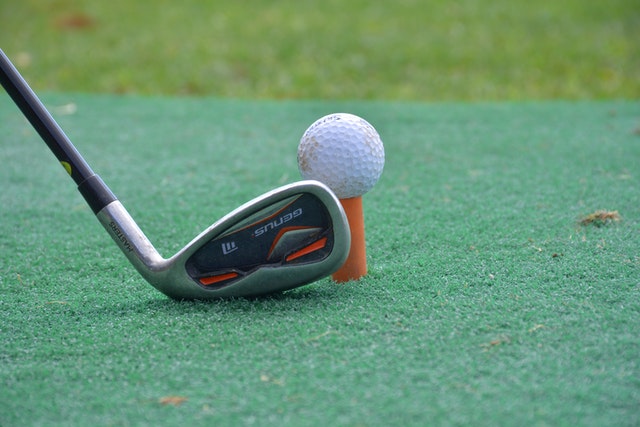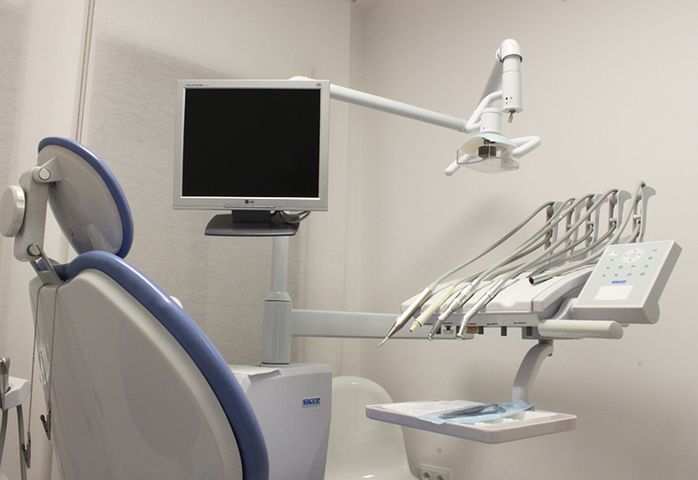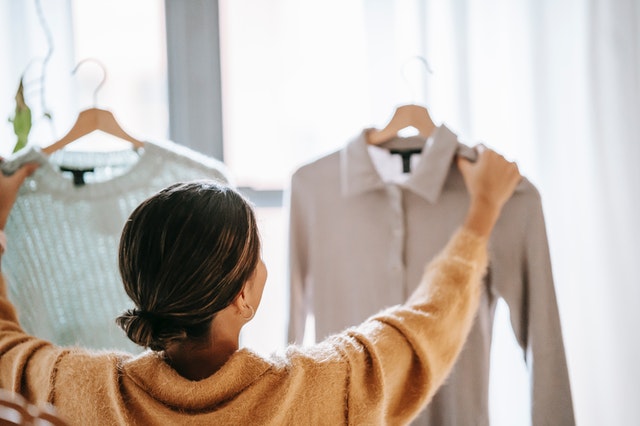While the cost of entering the illustrious world of golfing has only risen in recent years, there is still a strange and unexplainable stigma associated with second hand golf balls. It is a stigma that is as old as the game itself but pays very little attention to the cost-savings and true detriment that they supposedly have on the game.
We’ll be the first to tell you that although it is lovely to have a fresh set to play with each weekend, there really is no large different between new and second hand golf balls, except for the vanity and pride associated with it. The golfing business is a big one at that, with international acclaim, border-crossing entities of standard and quality assurance, and a long-standing storied tradition of historical importance and significance in the worldwide narrative.
However, we are not here to discuss the history of the game, but rather shine a light on the true differences between new and second hand golf balls, and why maybe going for pre-loved equipment is not the end of the world as we know it.
New Vs Second Hand Golf Balls With Affordability

Let’s open up with the only argument that holds weight in this discussion – the price point. Second hand golf balls (depending on the quality grade they’re given) will be exponentially cheaper than their brand new compatriots.
There are always new ‘technologically advanced’ versions of the same equipment being released yearly, after all the companies need to make their money somehow, business is business. For the newbie golfers or more casual players of the game, second hand golf balls offer the same experience as the box-fresh alternatives, just at a lower price point.
Of course, one should always be wary of second hand golf balls that are a little ‘too’ cheap as this can signify a low rating or simple deterioration beyond repair.
Speaking of deterioration…
How Long Do They Really Take To Deteriorate?
Manufacturers have stated that if kept in the proper conditions and used sparingly, equipment can last a few years without detriment to quality or performance. Excessive heat (in the boot for instance) over time can lead to a faster deterioration.
Of course, manufacturers will always prefer you to have the latest releases and to replace more often than not, however, for the casual player, second hand golf balls are not the worst investment to be making.
What Stigma?
So now we get to the crux of the matter, namely, the stigma that resides in all walks of life pertaining to pre-loved purchases over brand new purchases. While those with means will often have no problem espousing the benefits of having brand new purchases with everything from clothes to sporting equipment.
Seeing as second hand golf balls are more affordable, don’t impact too heavily on performance, and are plentiful in availability, there’s not really many logical reasons for the stigma. The only reason that we can think of for the stigma remaining so steadfastly in the game is more in the traditional values of keeping up appearances in the game, luckily, times are changing.






About The Author: Tina Richardson
More posts by Tina Richardson